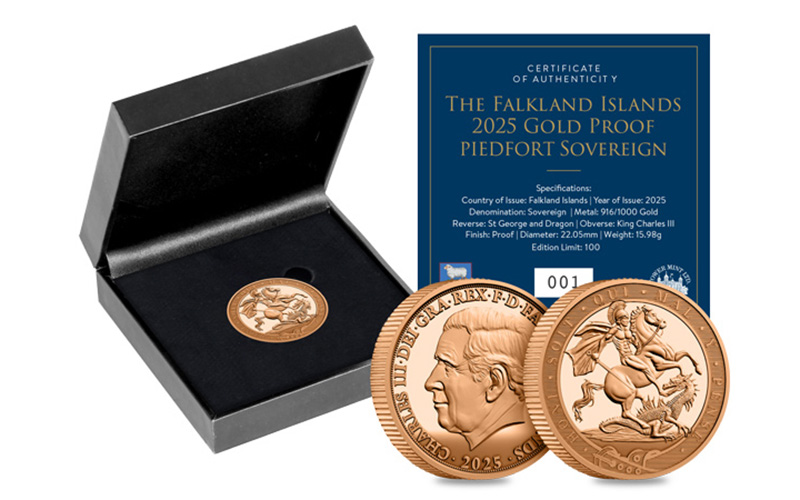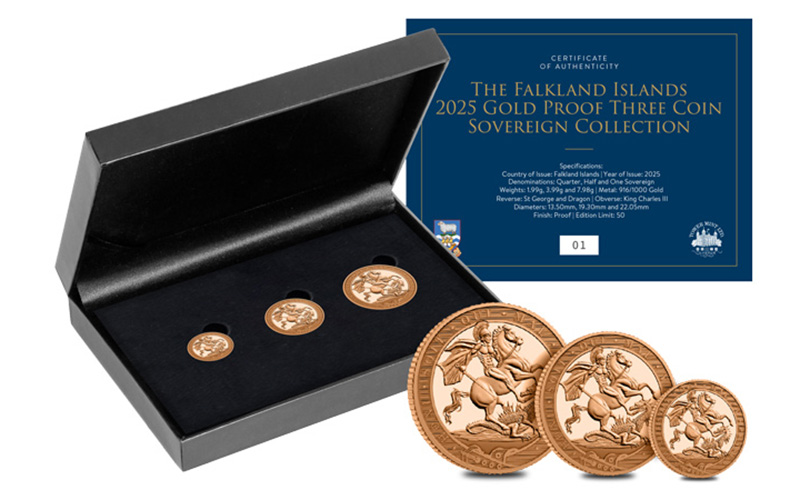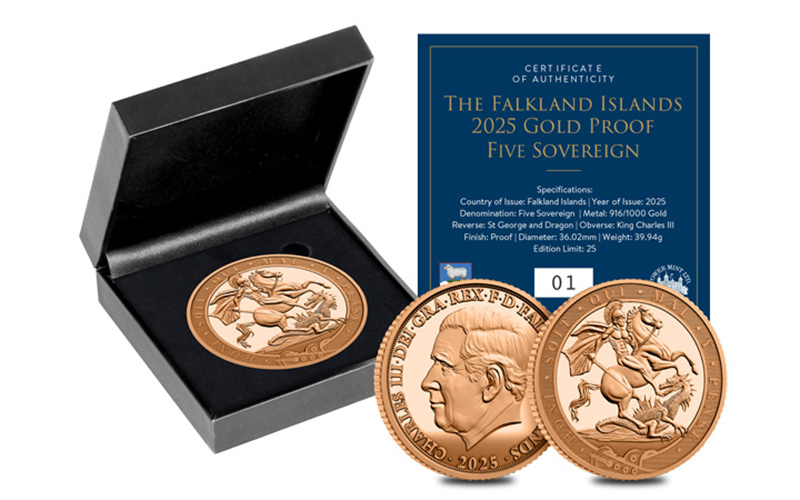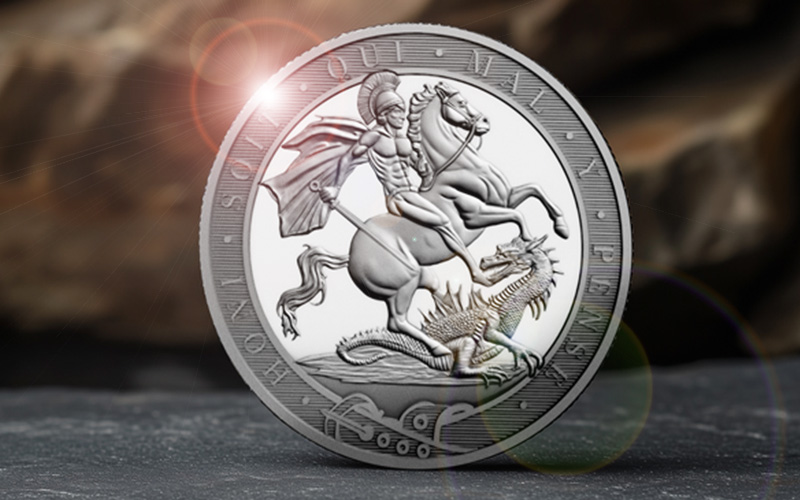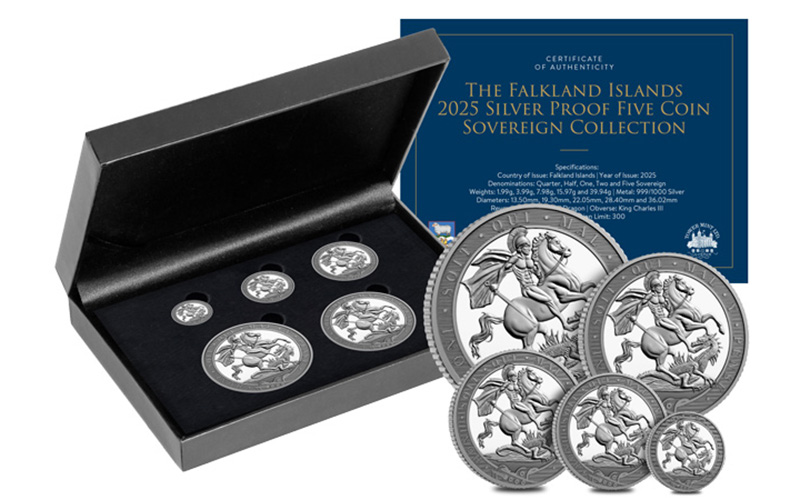Shop
The Coins That Nearly Didn’t Exist: The Unique Story Behind the Tutankhamun Treasures 50p Set
In 1922, the world was captivated by the discovery of Tutankhamun’s Tomb – a treasure trove of ancient Egyptian artefacts buried beneath the sands of time.
Over 100 years later, that moment has been honoured with a remarkable set of 50p coins – The Tutankhamun Treasures BU 50p Collection.
Approved by TWO monarchs and featuring THREE distinct dates, these coins carry a story as compelling as the artefacts they commemorate…
Watch our latest video below to discover the story behind the Tutankhamun Treasures BU 50p Set.
Approved by TWO monarchs
Originally approved by Queen Elizabeth II in 2022, the Tutankhamun Treasures 50p Coins were among the very last coins to receive her approval before her sad passing in September 2022.
But the change in monarchy put everything on pause. To proceed, the coins needed to be resubmitted to Buckingham Palace and King Charles III.
And in early 2023, the coins were officially reauthorised for release by King Charles III – now bearing His Majesty’s effigy by Glyn Davies, these were the FIRST 50p coins ever issued with this portrait.
Featuring THREE distinct dates
The unusual journey that these coins took to be released has created a truly rare collecting quirk – each coin features three different years!
- 1922 – Marking the discovery of Tutankhamun’s Tomb
- 2022 – When Queen Elizabeth II first approved the coins
- 2023 – When King Charles III re-authorised the coins for release
Triple-dated coins are exceptionally uncommon in numismatic history. In fact, the most comparable example was the Team GB 50p issued after the delayed 2020 Olympics – and that became one of the most sought-after coins of its year.
Time is running out…
We’re now down to our last remaining stocks of the Tutankhamun Treasures 50p Set, which means it won’t be long until these coins are lost to the sands of time…
Each coin in the collection has been struck to a Brilliant Uncirculated finish and features an ancient artefact that was discovered in Tutankhamun’s Tomb – including his iconic Death Mask, the Anubis Shrine, a Pendant, a Corselet and a model of the young pharaoh’s torso.
Paul McCartney Coins Fetch Over $750,000 at Auction
Bespoke gold and silver coins celebrating Sir Paul McCartney recently sold for an impressive $753,600 at an auction hosted by Stack’s Bowers Galleries on behalf of The Royal Mint. These Presentation Edition coins, which were produced in hefty 5 Kilogram formats, were a collaboration involving McCartney’s production company, MPL Communications, with the artist himself having a hand in their creation. This auction highlighted not just the high demand for memorabilia linked to McCartney but also his significant impact on music and cultural history.
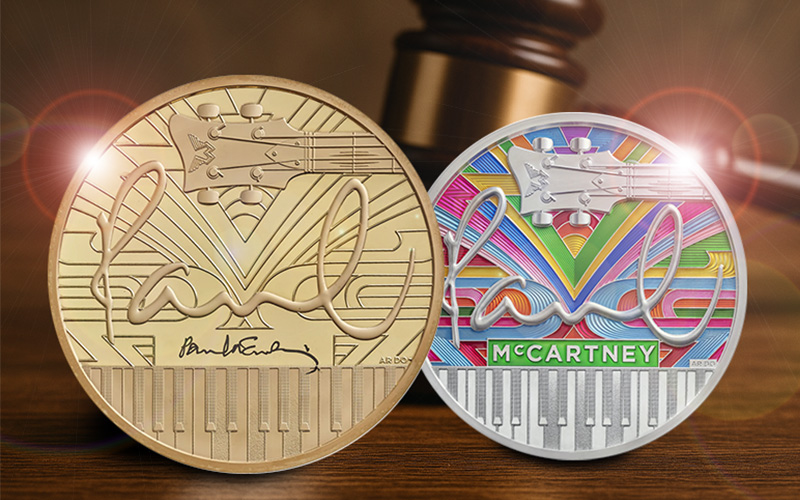
When asked about being immortalised in coin form, McCartney said, “This feels like a huge honour. It’s not anything I would have ever expected to happen when I was a kid.” This response from McCartney not only underscores the personal significance of these coins but also his widespread influence.
Exclusive McCartney Coins Available For Collectors
Due to the immense popularity of the Music Legends Series, we only have a select few Paul McCartney coins to offer collectors. We highly recommend securing yours before they are sold out.
UK 2024 Paul McCartney Official Silver Proof 1oz Coin
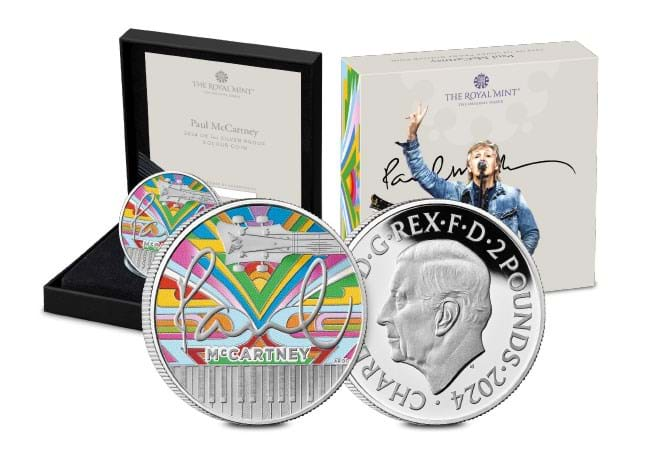
- Status: SOLD OUT AT THE MINT
- Mintage: Limited to just 5,000 worldwide.
- Features: McCartney’s iconic ‘Magic Piano’, vividly depicted on 1 ounce of 99.9% fine silver.
- Packaging: Comes in official Royal Mint packaging.
UK 2024 Paul McCartney Official Brilliant Uncirculated £5 Coin
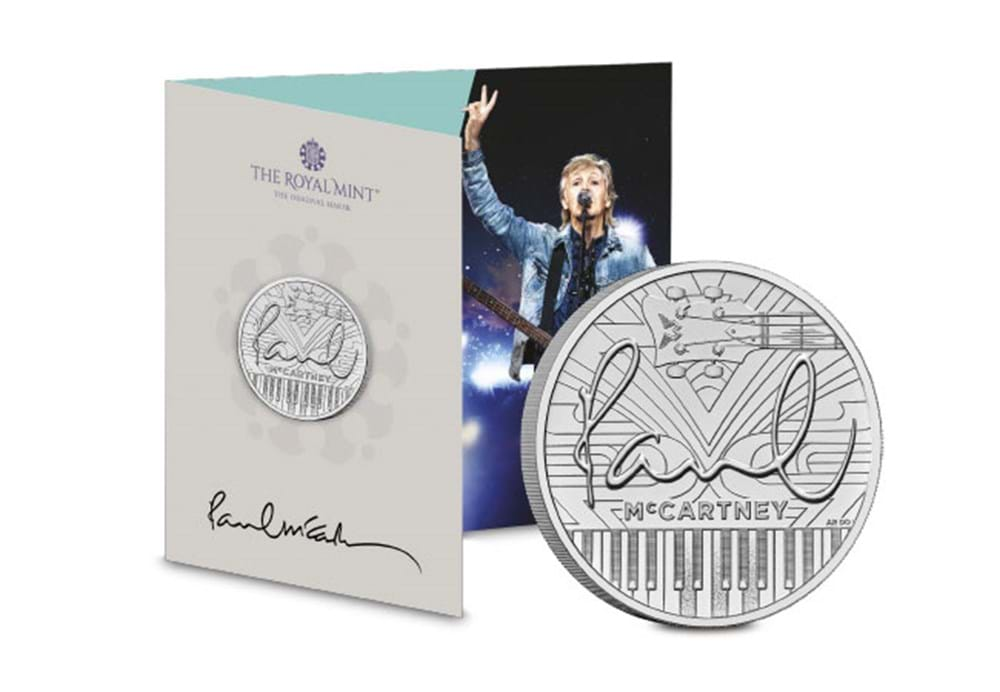
- Price: £18.50 (+p&p).
- Design: Features McCartney’s ‘Magic Piano’.
- Quality: Struck to a Brilliant Uncirculated standard, ensuring it remains pristine and free from typical circulation wear.
UK 2024 Paul McCartney Official Silver Proof 5oz Coin
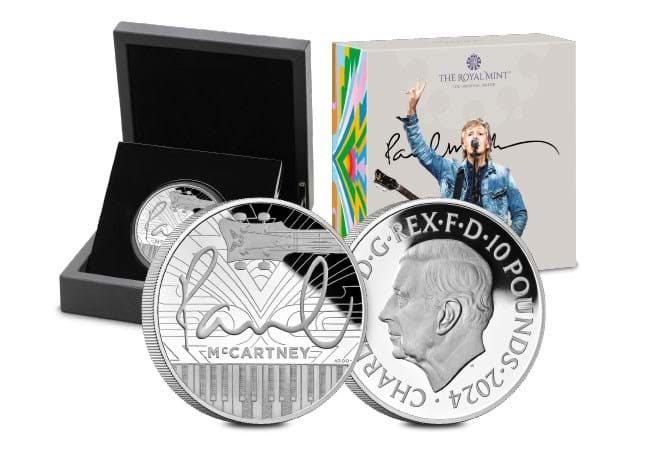
- Availability: Extremely limited with only 500 pieces available.
- Details: Each coin contains 5 ounces of 99.9% fine silver, featuring the beloved design elements.
With the rising demand for high-quality music memorabilia, owning a McCartney coin is an opportunity to celebrate one of the most influential musicians in history. Click buy now on your chosen coin or contact us directly to secure your piece of music history before they’re gone.
Announcing the First-Ever Falkland Islands Sovereign Collection!
For the first time in history, the Falkland Islands has released its own official Sovereign, marking a major milestone in numismatics. This stunning new issue features the iconic St. George and the Dragon design on the reverse and the official portrait of King Charles III on the obverse. However, what truly sets this release apart is its exceptional rarity and variety of specifications available to collectors.

Available in Exclusive Specifications
The Gold Proof Sovereign – Limited to Just 250 Worldwide
This Gold Proof Sovereign is strictly limited to only 250 coins worldwide, making it 20 times rarer than the sold-out UK 2025 Sovereign. Struck to the same exacting standards as The Royal Mint’s Sovereign, it contains 7.98g of 22-carat gold and boasts a flawless proof finish.

The First-Ever Gold Proof Piedfort Sovereign – Only 100 Available
For those seeking an even rarer collector’s item, the Falkland Islands Gold Proof Piedfort Sovereign is the first of its kind. With just 100 coins available, it is 12 times more limited than the UK 2025 Piedfort Sovereign. Struck with 15.96g of 22-carat gold, it represents an unparalleled collecting opportunity.

The First-Ever Gold Proof Sovereign 3-Coin Set – Only 50 Available
This exclusive 3-coin set includes the Sovereign, Half Sovereign, and Quarter Sovereign, all struck to the highest proof standard. With just 50 sets issued worldwide, it is 13 times more limited than the UK 2025 Piedfort Sovereign.

The First-Ever Falkland Islands Gold Proof Five-Sovereign Piece – Only 25 Available
A true centrepiece of the collection, this impressive Five-Sovereign Piece is one of the rarest Falkland Islands releases, with only 25 coins issued. This makes it 14 times more limited than the sold-out UK 2025 Five-Sovereign Piece.

Introducing the First-Ever Falkland Islands Silver Proof Sovereign
The Silver Proof Sovereign – Limited to Just 1,000 Worldwide
Adding to the historic nature of this collection, the Falkland Islands has also issued its first-ever Silver Proof Sovereign. Featuring the same stunning St. George and the Dragon design, only 1,000 of these coins have been minted. This makes it 50 times rarer than the UK 2025 Silver Sovereign, of which 50,000 were struck. Each coin is struck in 7.98g of sterling silver to the highest proof standard.

The First-Ever Silver Proof Five-Sovereign Set – Only 300 Available
This prestigious five-coin set includes the Silver Proof Sovereign, Half Sovereign, Quarter Sovereign, Double Sovereign, and Five-Sovereign Piece. With only 300 sets available, it is one of the most limited offerings in this groundbreaking collection.

Why This Release is a Must-Have for Collectors
- A Historic First: This is the inaugural Sovereign release from the Falkland Islands, making it a key numismatic milestone.
- Extremely Limited Editions: With incredibly low mintage numbers, these coins are significantly rarer than their UK counterparts.
- Unparalleled Quality: Each coin is struck to a flawless proof standard, requiring meticulous craftsmanship and precision.
- Deep British Heritage: The Falkland Islands’ long-standing ties with Britain add historical and cultural significance to this release.
With edition limits this low, these coins will not be available for long. Secure your piece of history today!





